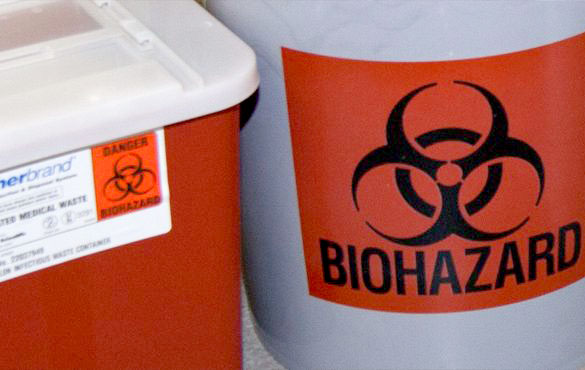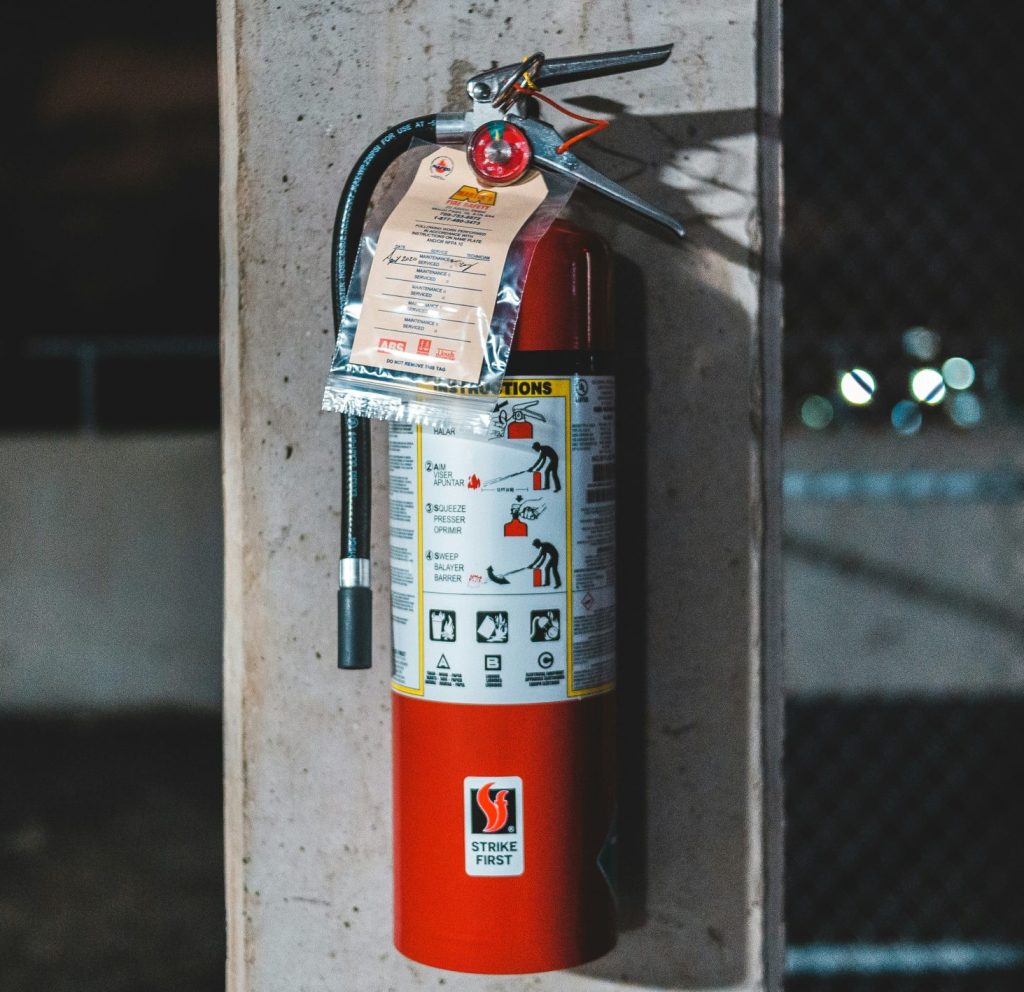Biological
The Biosafety Manual identifies the potential hazards research staff may encounter when working with infectious biological agents, recombinant DNA (r-DNA), and infectious substances. Following the Biosafety Manual will help to ensure that research staff who handle these substances receive the appropriate training and safety precautions required under the law.
The manual may be referenced online or printed for personal use. Maintaining a printed copy of the manual is not required for biosafety inspections. Lab’s are still required to maintain SOPs, document training, etc.
Infectious Biological Agents and Recombinant DNA
Per University of Michigan (U-M) requirements, research with r-DNA must be registered with the Institutional Biosafety Committee (IBC), even if it is exempt from the NIH Guidelines for Research involving Recombinant DNA Molecules guidelines.
NOTE: All infectious agents or substances requiring handling at biosafety level 2 must be registered with the IBC. Biosafety level 3 projects require coordination with the Environment, Health & Safety (EHS) Biological Safety Officer.
- U- M Biological Safety Designated Standards
- Adenovirus/Adenoviral Vectors: Standard Operating Procedure
- Retrovirus/Retroviral Vectors: : Standard Operating Procedure
- Biological Safety Level 2 Inspection Checklist
- Biological Exposure Guide
- Prion and Prion-like Protein Guidance
- Incident Report Help Guide
- Microtome & Cryostat Safety Guide
- Laboratory Refuse Collection
Bloodborne Pathogens
Occupational exposure to human-derived blood and other body substances constitutes potential exposure to bloodborne pathogens. HIV and Hepatitis B and C are the most prevalent of these pathogens.
The Federal Occupational Safety and Health Administration (OSHA) Bloodborne Pathogen (BBP) Standard and the Michigan Occupational Safety and Health Administration (MIOSHA) Standard R 325.70001 – 325.70018 “Bloodborne Infectious Diseases,” requires all employees who may have occupational exposure to human blood, body fluids, or unfixed tissue; human cells or cell lines, or HIV or Hepatitis B Virus.
Requirements:
- Receive initial and annual Bloodborne Pathogens Training
- Complete the Hepatitis B Vaccination Form. This form must be completed even if the person declines to be vaccinated.
- Have access to the lab EXPOSURE CONTROL Plan
A U-M standard Exposure Control Plan (ECP) has been developed and applies to all at-risk employees. The ECP applies to all non-hospital U-M departments whose employees may reasonably anticipate contact with blood or other potentially infectious materials (OPIM) during the performance of their duties. In compliance with the Bloodborne Pathogens Standard, U-M requires all departments that fall within the scope of this policy to minimize employee risk from exposure and infection by implementing the U-M ECP. Lab directors are required to implement this plan within their research operations that involve potential bloodborne pathogens.
Research staff working with bloodborne pathogens must take bloodborne pathogen training each year.
- Required Training
- Supplemental Training
Select Agents and Toxins
Select agents and toxins are highly-regulated materials because they have the capacity to cause substantial harm to public health or the economy. Federal law requires U-M to apply for and obtain a registration specific to each lab director who wants to obtain or transfer select agents and toxins as defined under the Center for Disease Control and the US Department of Agriculture regulations. Contact the EHS Biosafety Officer Janet Follo at follo@umich or (734) 647-1143 for assistance if you: use, plan to use, or discover any select agent materials in your research area.
- Biological Toxins Standard Operation Procedure – may be required for your research operation, depending on what type of research you are performing, types of hazards, and engineering controls.
- Toxin Declaration Form
- Toxin Transfer Form





